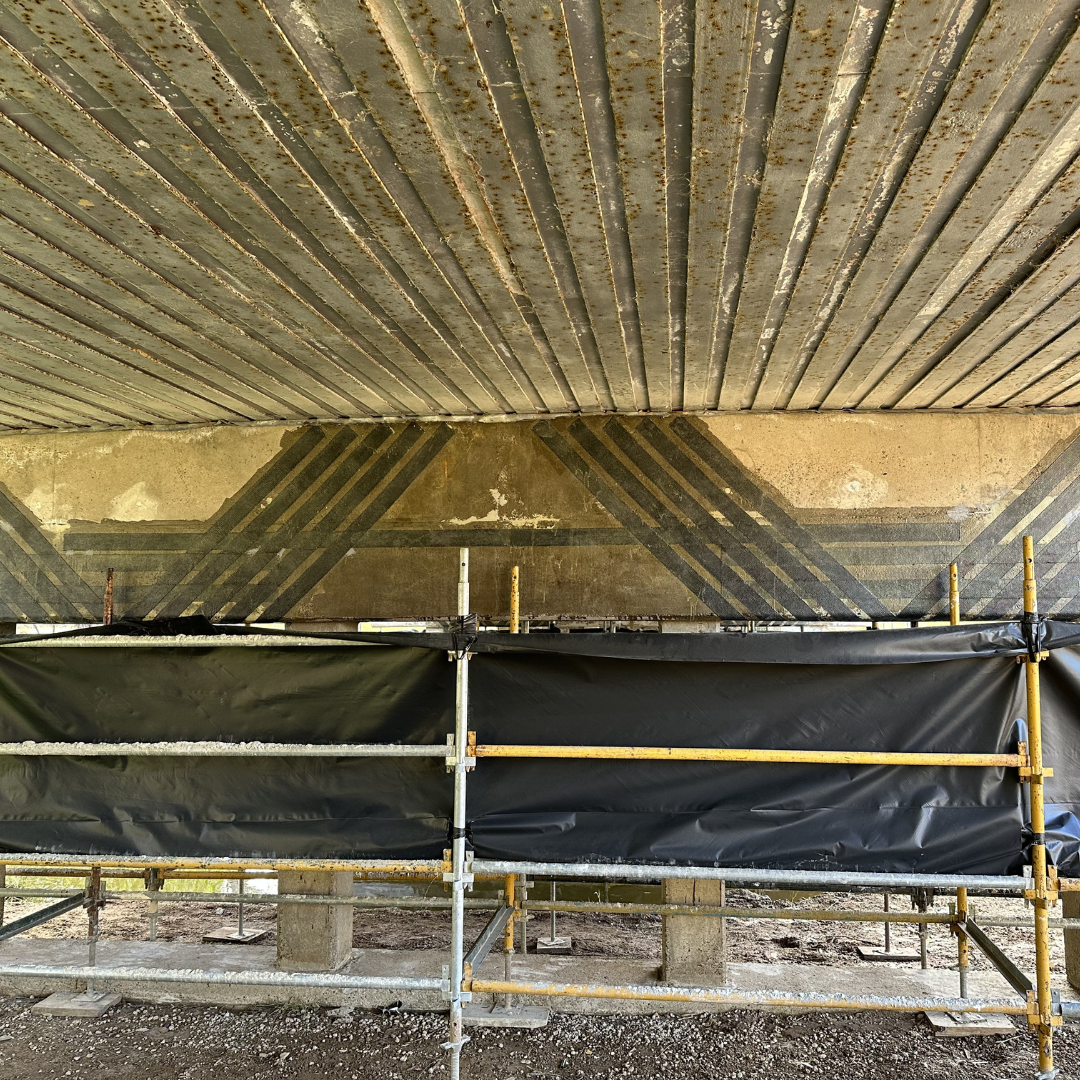
Structural elements in both ageing and modern buildings—whether constructed from concrete, steel, timber, or cast iron—can experience reduced load-bearing capacity over time. Contributing factors may include changes in use, increased service loads, corrosion or damage to reinforcement, material deterioration, structural alterations, or long-term fatigue. In such cases, strengthening becomes necessary to restore or enhance structural performance.
Among various strengthening techniques, composite strengthening using Carbon Fibre Reinforced Polymer (CFRP) has become one of the most widely adopted methods due to its lightweight nature, durability, and minimal impact on existing structures. Alternatives may also include High Performance Concrete (HPC) and Ultra High Performance Fibre Reinforced Concrete (UHPFRC) depending on the application.
CFRP Composite Properties
CFRP systems combine high-strength fibres (typically carbon, aramid, or glass) with a polymer-based resin matrix such as epoxy. The resin transfers stress between fibres and provides environmental protection, while the fibres deliver exceptional tensile strength.
Compared to traditional steel plate strengthening, CFRP offers:
⦁ Only 15% of the cross-sectional area
⦁ Approximately 3% of the dead load
These characteristics make CFRP an efficient and sustainable strengthening solution with over 60 years of proven performance across infrastructure sectors.
CFRP Strengthening Methods
⦁ Carbon Fibre Plate Bonding
⦁ Pre-manufactured CFRP plates are bonded directly to the surface of structural elements using high-performance epoxy adhesives.
⦁ This method ensures a high degree of quality control, particularly effective for flat surfaces such as beams or slabs.
⦁ Fibre Wrap Systems (FRP Wrapping)
⦁ Applied in dry lay (rolling dry fibre into wet resin on the substrate) or wet lay (pre-impregnating the fibre before application).
⦁ Particularly suitable for irregular geometries such as columns, beam junctions, or curved surfaces where plate bonding is impractical.
Strict quality assurance protocols must be followed in both systems, including substrate preparation, curing control, and verification testing, to ensure long-term performance and structural compatibility.